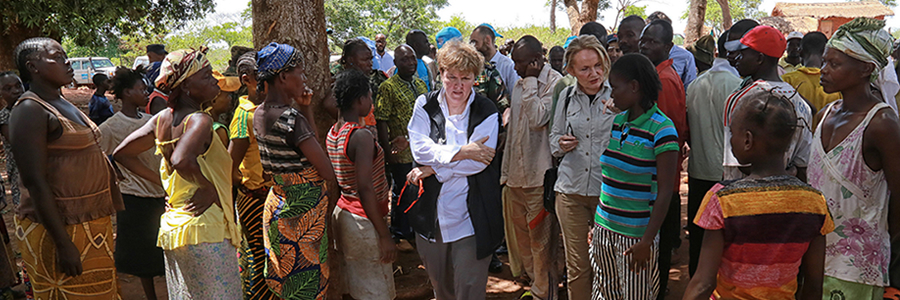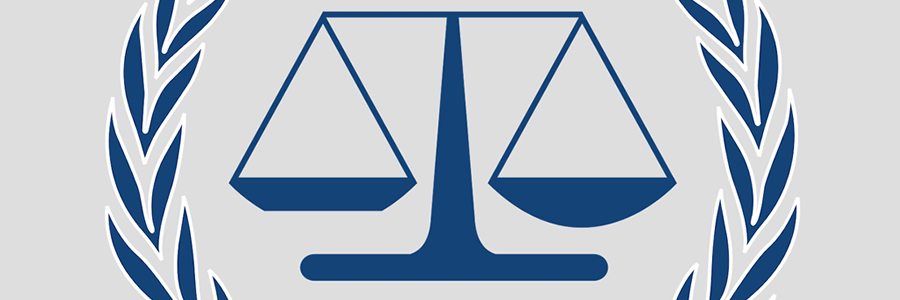Arctic Marine Biodiversity in Areas Beyond National Jurisdiction: Framing A Legally Binding MPA Regime?
Introduction

Introduction

More than ever, the United Nations relies on armed peacekeeping to promote peace and security. Currently, more than 120 member states contribute about 90,000 troops (peacekeepers) on a voluntary basis to fourteen peacekeeping operations around the globe.[1] Unfortunately, some of these troop contributing countries (TCCs) continue to violate their international obligation to hold their peacekeepers accountable whenever they commit crimes against the local population, whom they are supposed to protect.


On August 3, 2015, the Assembly of Kosovo amended its Constitution[1] and passed the Law on the Specialist Chambers and the Specialist Prosecutor’s Office (the Law).[2] These two judicial institutions were established within the justice system of Kosovo to investigate, prosecute, and try “international crimes committed during and in the aftermath of the conflict in Kosovo, which relate to those reported in the Council of Europe Parliamentary Assembly Report Doc 12462 of Ja

On December 12, 2014, International Criminal Court (ICC) Prosecutor Fatou Bensouda appeared before the UN Security Council to report on the situation in Darfur. She indicated that she would “hibernate investigative activities in Darfur,”[1] a statement widely reported as a suspension of the Court’s work, and celebrated by Omar Al-Bashir as a victory against the Court.

On November 12, 2015, the European Commission submitted to the United States its Official Proposal for the establishment of an “investment court system” in the Transatlantic Trade and Investment Partnership (TTIP) currently under negotiation.[1] The Proposal provides for a two-tiered Tribunal to hear investor-state disputes, consisting of a Tribunal of First Instance and an Appeal Tribunal. For TTIP, the Tribunal is composed of twenty-one members, who are appointed by the European Union and the U.S.

A world record 150 country leaders launched landmark climate talks in Paris. The 2015 Paris Agreement provides tools for states to commit to climate mitigation goals, to collectively ratchet up their ambition, and to oversee their implementation. Representatives of 195 nations have adopted this climate blueprint.
This Insight provides an overview of the Decision adopted by the Conference of the Parties to the UN Framework Convention on Climate Change (COP 21 Decision) and the Paris Agreement that map engagement on:

Introduction

In the twilight of its life, the International Criminal Tribunal for the former Yugoslavia (ICTY) has been the subject of renewed attention as it issues final judgments in its most high-profile cases. Last year, marking the twentieth anniversary since the tragic events of July 1995 in Srebrenica, Bosnia (mass executions of Muslim men and forcible transfers of women, children, and elderly), the ICTY Appeals Chamber delivered, in the Popović et al.

An agreement (agreement or SNCF agreement) between France and the United States to establish a compensation fund for those Holocaust victims deported from France who were excluded from other French compensation programs entered into force on November 1, 2015.[1] The deadline for filing claims for payments from the fund is May 31, 2016.
